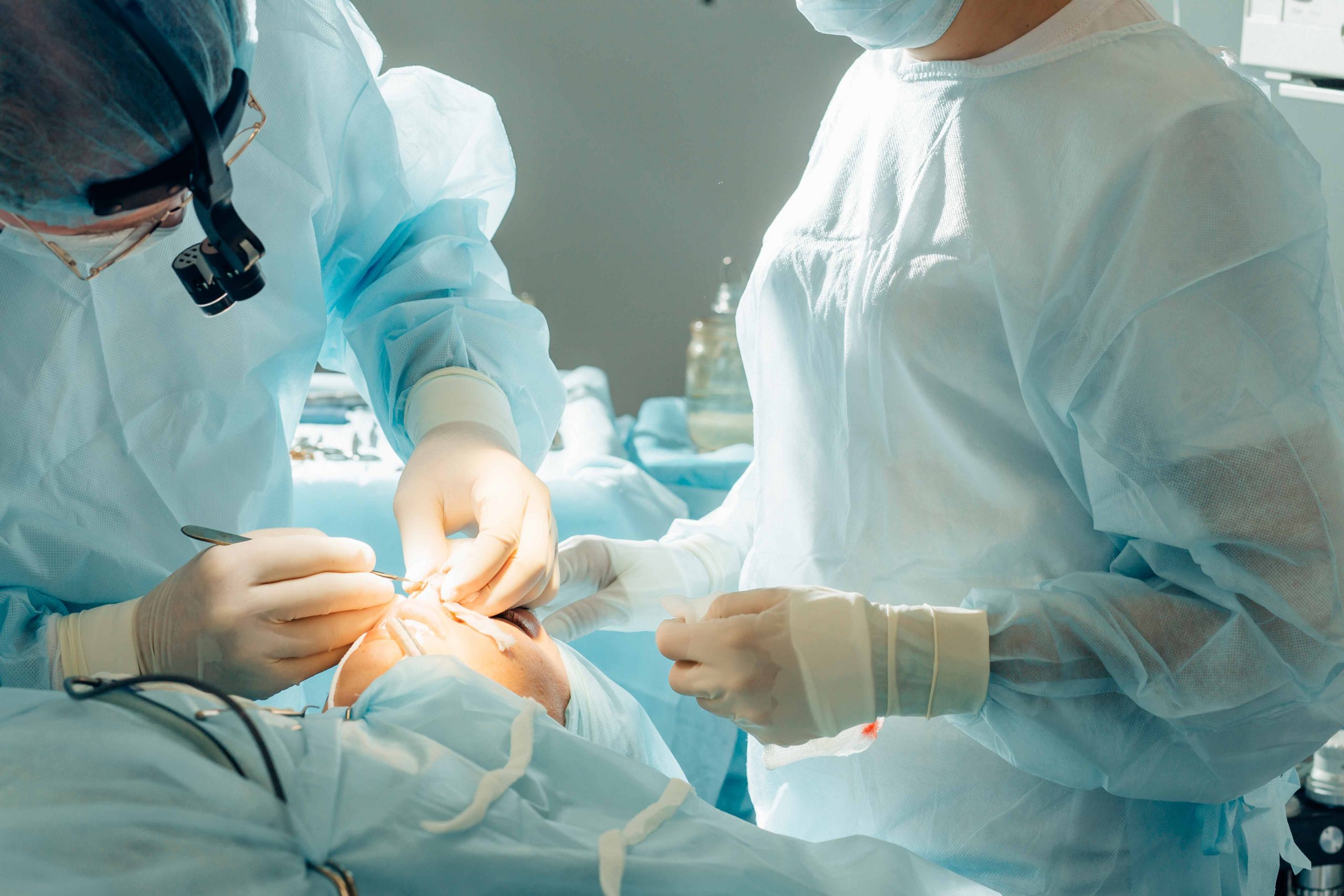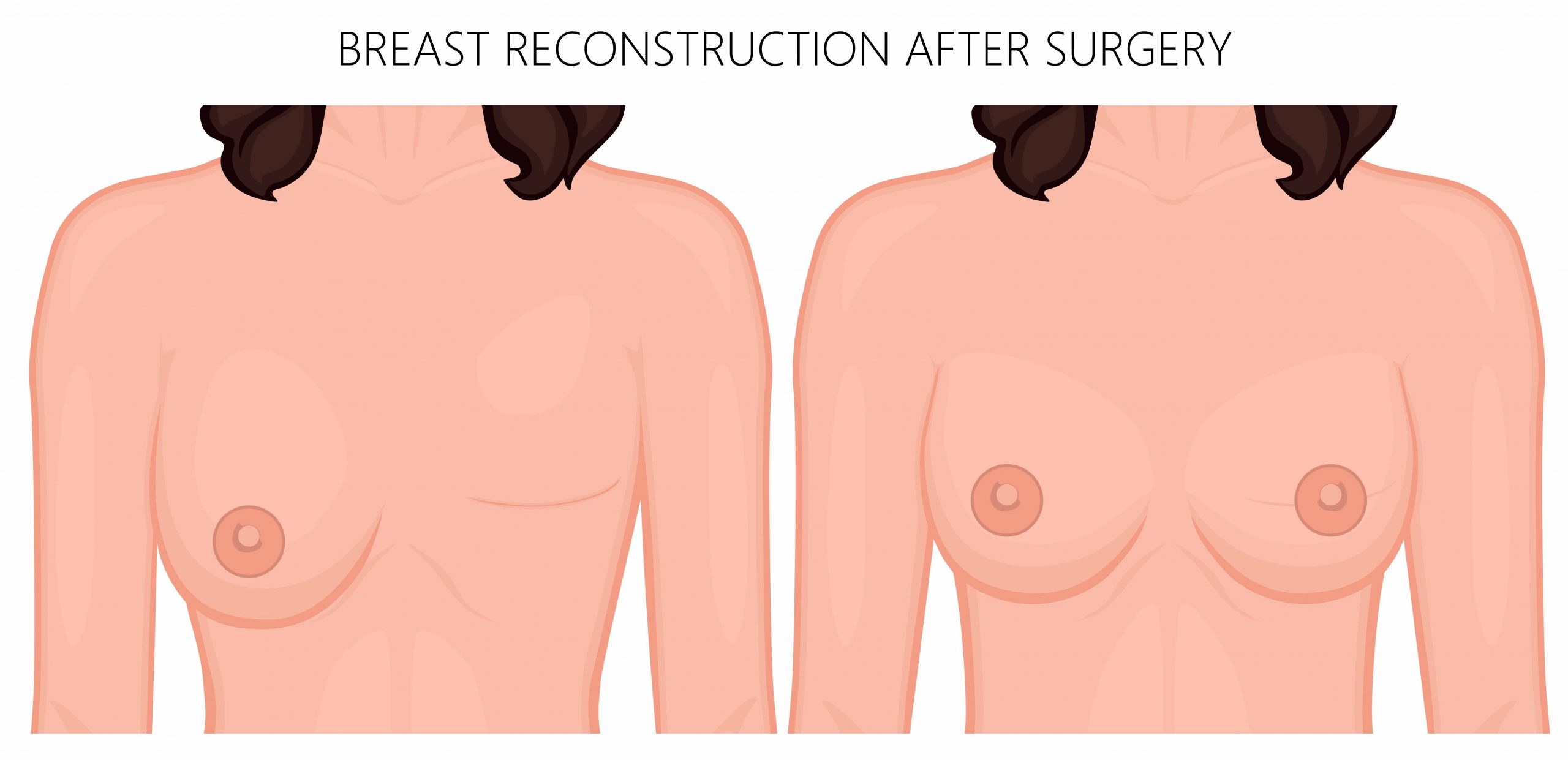When Should You Need Tissue Expansion Plastic Surgery?
Medical science has experienced exceptional advancements in the past few decades. Many fatal diseases are now possible to treat that were next to impossible earlier. Even cancer is curable to an appreciable extent now. Among all these, the branch of plastic surgery has also improved significantly in the recent times.
Understanding plastic surgery
Notably, plastic surgery is a special surgical procedure that aims to restore, reconstruct or alter parts of the human body. One can opt for it for either reconstructive or cosmetic purpose. The basic objective behind it is to remove or reduce any superficial abnormality or gross disfigurement, and bring back the patient as close to normal as possible.

What is Tissue Expansion?
Whenever there is loss of skin and tissues because of trauma or cancer plastic surgery is needed to cover the raw area that is needs skin. There are techniques like skin grafting and flaps to fulfill the needs of skin .In few cases, there is a problem of introducing skin tissue to the site or simply it lags behind in reconstructing the body part. In such cases, flaps and grafts fail to give the desired results. Hence, this procedure uses an altogether separate technique with the idea of growing extra skin for reconstruction. This extra skin tissue stretches over the target area and covers it. Hence, larger defects are easy to rectify by using this technique.
Find a Plastic Surgeon in Your Area
Find Top Surgeons in India by Procedure
Find the Cost of a Procedure
Treatments that can benefit from tissue expansion
This procedure is ideal to remedy the following cases.
Breast reconstruction- For many reasons, women undergo mastectomy. Reconstructing the breast requires considerable tissues, which is not possible to extract from body.
Scalp repair: The skin in the scalp region is different from other parts of the body. The pattern of hair growth is unique to the skin over scalp. Thus, replacing the skin from other parts will not bear desirable results.
Benefits certain reconstructions- Usually, tissue expansion can help in the treatment of defects at face, neck, arms and legs the better way.
Pre-surgery check-up
Since the process is invasive, the surgeon will determine whether the patient is eligible for the surgery. Factors like age, medical history, and skin health will determine whether the procedure will be fruitful or not. Additionally, the patient’s capacity to tolerate the procedure will also remain an important assessment factor before proceeding with the surgery.

The surgery procedure, step-by-step
You need to make up your mind for the surgery in advance. To start with, the surgeon will advise regarding lifestyle, eating and drinking habits a few weeks prior. For instance, you should stop smoking or any other kind of addiction much earlier. The surgeon will administer local anesthesia coupled with sedatives before the surgery. In some cases, he may also use general anesthesia. The surgery proceeds in a stepwise fashion as explained below.
Pocket creation: The surgeon will decide the area and size of the skin that needs expansion. He will create a pocket beneath the selected portion of skin by making an incision.
Insertion of silica balloon expander: Next, he will insert a silicon balloon expander into the pocket thus created. The surgeon slowly fills the expander with saline or carbon dioxide. The expander has either a cylinder or self-sealing valves, which do not allow any form of leakage from the expander, once filled.
Expander enlargement: After healing of the prior incision, the surgeon calls the patient to his chamber so that he can fill more of the fluid into the expander. He performs this task by injecting the fluid through the valves or with the help of a remote dosage controller. Since only a small amount of it is possible to fill at a time, the procedure undergoes repetition at regular intervals; and the expander gradually enlarges. You might feel minor discomfort during the procedure, which is normal. If it increases, you must consult the surgeon for immediate intervention.
Removal of expander: Finally, the stretched skin tissue will be sufficient for covering the target area. At this point, the surgeon will perform another surgery to remove the silicon expander and reposition this new skin tissue. This may be a brief one-time procedure, like in case of breast reconstruction. Alternatively, it can also be a complex process where the surgeon would need to repeat the whole process multiple times for growing extra tissue for reconstruction. The latter is applicable for repairing areas of scalp or face.
Risks and complications with tissue expansion
The tissue expansion surgery is an invasive procedure and it has its own set of problems. •Before giving consent, the patient should be aware of the risks and benefits of the procedure; and any alternate procedure that he can opt. Here are some of them:
Even after being completely tested, the expander may leak or break. Though this is not fatal, the expander will undergo replacement via another surgical procedure.
A huge bulge will form at the site of the expander, which is not desirable in exposed parts of the body.
It may take a long time for the skin to grow and expand, usually 3-6 months.
It accompanies risks during surgical cases, especially while administering anesthesia
Wrapping up
In some cases of plastic surgery, skin grafts and flaps may not help. Here, it is better to expand and stretch the tissue of a nearby healthy location and cover the target location. This has its own set of advantages as well as disadvantages, which you should know from beforehand. Visiting an expert surgeon would be an ideal approach in this regard. He can guide you on all the risks and benefits associated with the surgery. You can make up your mind for the tissue expansion procedure accordingly.


